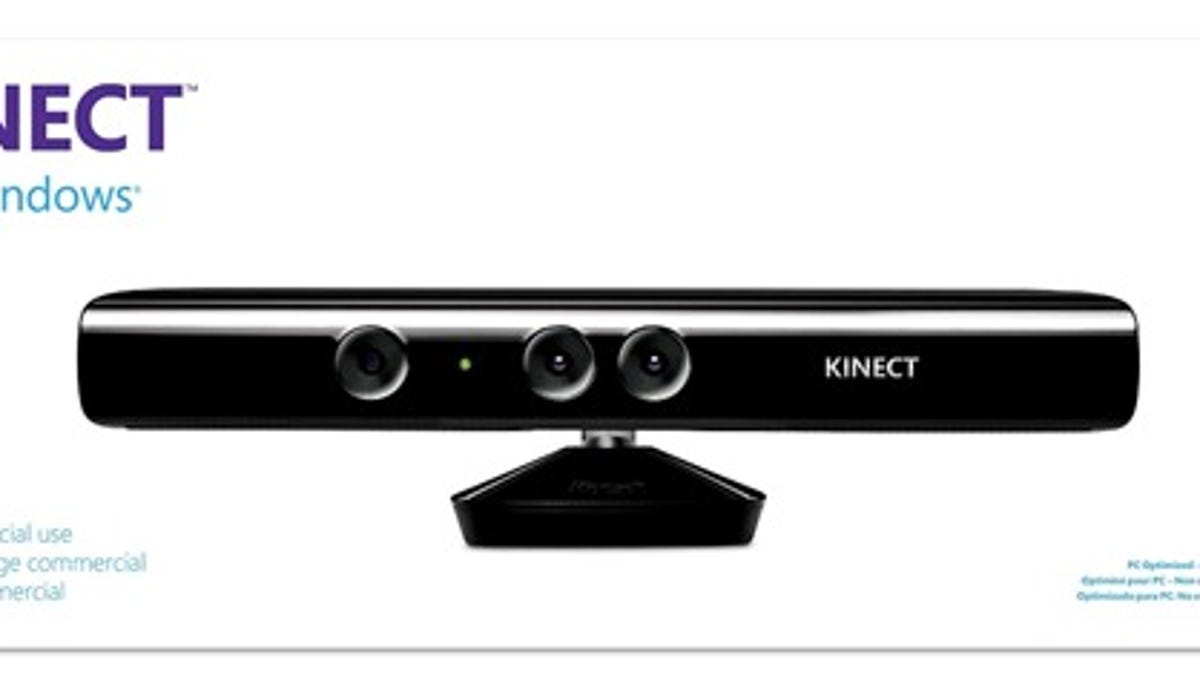Microsoft debuts Kinect for Windows, commercial SDK
The software giant launches a version of its motion-sensing game controller for Windows, hoping to spark development of PC applications that use natural user interfaces.

Consumers in the United States and 11 other countries can now buy Microsoft's Kinect motion-sensing game controller for Windows hardware.
In addition to acquiring the new Kinect, users also get a software development kit that allows them to create commercial programs that use the Kinect motion-sensing and voice-recognition controls. Microsoft expects companies to develop PC applications that take advantage of the device's natural user interface.
The suggested retail price of the Kinect for Windows is $249. Microsoft said that later this year it will offer special academic pricing of $149.
Already, companies including United Health Group, American Express, Mattel, Telefonica, and Toyota are creating computer programs that let users interact by using gestures or their voice. Microsoft hasn't disclosed specifics about those programs. But the company notes that more than 300 companies in more than 25 countries are working on Kinect-ready apps.
Microsoft has sold 18 million Kinects since the device launched in November 2010. Virtually all of those sales have been to gamers using Kinect to interact with their Xbox gaming consoles.
But a handful of hackers quickly worked to tweak the software to allow them to use the device for their PCs. That led Microsoft last April to announce plans to develop a software development kit for the gadget. Two months later, the company released a non-commercial version of the SDK. The company announced plans for a commercial version in October.
And last month, at the Consumer Electronics Show in Las Vegas, Microsoft Chief Executive Steve Ballmer said that the gadget, along with the commericial SDK, would be available for Windows today.

